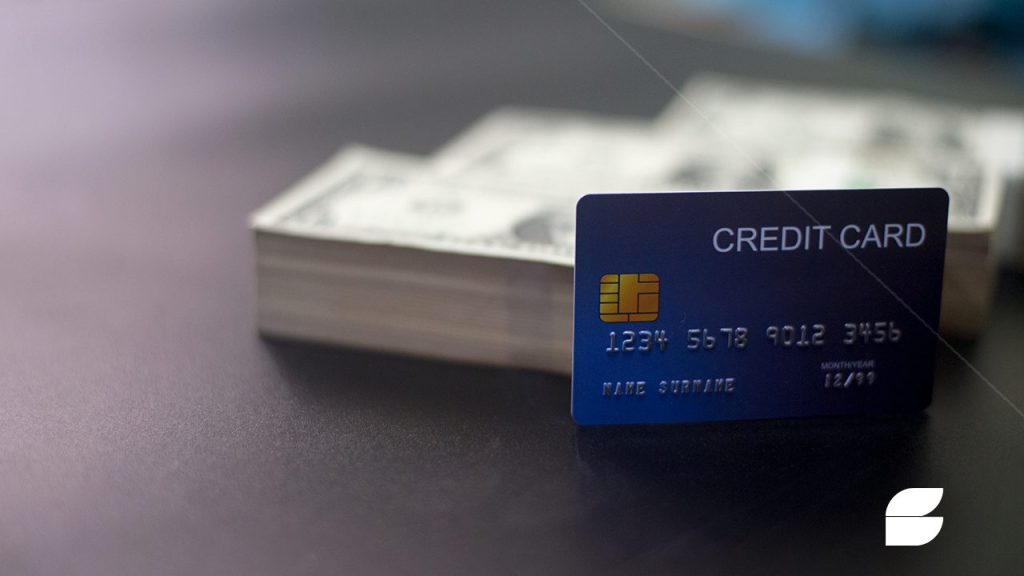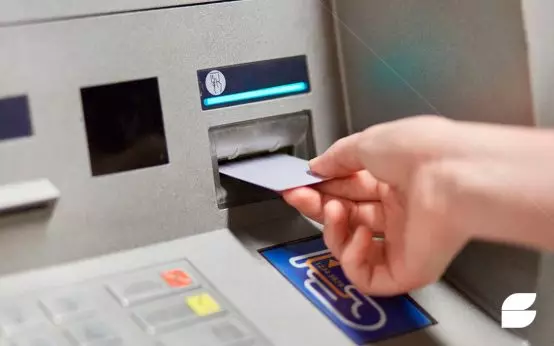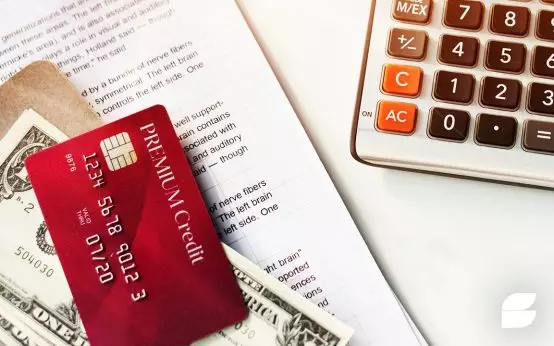Prepaid cards are becoming a cornerstone of financial flexibility in the UK. Whether you’re rebuilding credit, managing your budget, or looking for an alternative to traditional banking, these cards offer a powerful solution—without the credit checks or overdraft risks.
But with over 50 active prepaid card providers in the UK market, choosing the right one can feel overwhelming. Each card has different features, fee structures, and eligibility requirements. This guide will help you compare prepaid cards effectively, understand the application process, and avoid common pitfalls—especially the ones that most websites won’t tell you.
What Is a Prepaid Card and How Does It Work?
A prepaid card is a payment card that you load with money before using it. Unlike debit or credit cards, it isn’t linked to a bank account or line of credit. You can use it for purchases online, in-store, and sometimes even for ATM withdrawals, depending on the provider.
Key features include:
- No credit checks required
- Spend only what you load
- Safer for online transactions
- Helps with budgeting and financial control
These cards are particularly useful for people with poor credit history, those who want to avoid overdraft fees, or even parents giving children a controlled spending method.
Why People Choose Prepaid Cards in the UK
Prepaid cards are gaining popularity for reasons beyond simple convenience. Here are less obvious yet commercially relevant advantages:
| Benefit | Explanation |
|---|---|
| No link to credit history | Ideal for people with defaults, CCJs, or bankruptcy history |
| Anonymous spending | Some cards don’t require full identity verification under a certain limit |
| Currency control | Travel prepaid cards lock in exchange rates, useful post-Brexit |
| Employer disbursements | Used increasingly by gig-economy employers to pay workers |
How to Compare Prepaid Cards Effectively

Don’t just go for the first card with “no monthly fee” splashed across the top. Here’s a checklist to compare prepaid cards strategically:
✅ 1. Monthly and Transaction Fees
While some cards market themselves as “free,” they may charge for top-ups, foreign transactions, or ATM usage. Always check:
- Monthly maintenance fee
- Domestic and international ATM fees
- Reload/top-up charges
- Inactivity or replacement card fees
Pro tip: Choose cards that waive monthly fees if you load a certain amount per month.
✅ 2. Top-Up Methods
Some prepaid cards in the UK allow free top-ups via:
- Bank transfers (Faster Payments)
- Post Office deposits
- PayPoint
- Debit card loads
Others charge as much as £1–£2 per top-up. Look for cards with free and convenient funding options.
✅ 3. Usage Scope
Ask yourself: Is the card for everyday UK use, travel, or online purchases?
- Travel-focused cards like Revolut or Monzo offer fee-free foreign transactions.
- Budgeting cards like Pockit or Cashplus are great for everyday control.
- Gift or one-time-use cards are limited and non-reloadable—useful but not versatile.
✅ 4. Security & App Functionality
Make sure the card includes:
- Instant freeze/unfreeze
- Spending notifications
- Secure 3D verification
- Virtual card option for online purchases
✅ 5. Direct Deposit and Payroll
Want your wages paid onto your prepaid card? Opt for providers that offer sort code + account number, allowing salary, benefits, or student loans to be paid directly.
The Hidden Cost Most Websites Don’t Mention
Many sites fail to mention the FX mark-up fees (foreign exchange), which can be as high as 3.5%. If you use your card abroad or shop on international websites, this adds up fast.
Also, inactivity fees—charged after 90 days of non-use—can quietly drain your balance.
How to Apply for a Prepaid Card in the UK

Step-by-Step Application:
- Choose a provider (Revolut, Pockit, Monese, etc.)
- Provide personal details (name, address, DOB)
- Pass basic ID verification (passport or driving licence)
- Top up to activate – some cards require an initial deposit (£5–£10)
Note: Most cards are dispatched within 3–5 working days. Virtual cards are often instant.
Top 3 Prepaid Cards in the UK for 2025 (At a Glance)
| Provider | Best For | Monthly Fee | Notable Features |
|---|---|---|---|
| Pockit | Budgeting | £1.99 | Direct deposit, cashback |
| Monese | Travel & GBP/EUR use | From £0 | Multicurrency account |
| Revolut | International use | Free/£2.99+ | App-based controls, crypto, FX |
Conclusion
Whether you’re looking for a no credit check prepaid card, a low fee solution, or a secure online shopping tool, there’s a prepaid card in the UK tailored to your needs. Just be cautious of hidden fees, and always read the terms carefully.
By using this guide, you now know how to compare, apply, and select the best card for your financial situation in 2025.
Start today, and regain control over your money—with no credit checks, no debt risk, and no surprises.



 Nationwide Credit Card UK – Advanced Advantages & Application Guide <p class='sec-title' style=' font-weight: normal; line-height: 1.9rem !important; font-size: 17px !important;'> Elevate Your Finances: The Ultimate Guide to Nationwide Credit Card UK </p>
Nationwide Credit Card UK – Advanced Advantages & Application Guide <p class='sec-title' style=' font-weight: normal; line-height: 1.9rem !important; font-size: 17px !important;'> Elevate Your Finances: The Ultimate Guide to Nationwide Credit Card UK </p>  Can You Pull Money Out of a Credit Card? Fees, Risks & Smarter Alternatives <p class='sec-title' style=' font-weight: normal; line-height: 1.9rem !important; font-size: 17px !important;'> Understand the Rules, Risks, and Smarter Alternatives Before You Use a Cash Advance </p>
Can You Pull Money Out of a Credit Card? Fees, Risks & Smarter Alternatives <p class='sec-title' style=' font-weight: normal; line-height: 1.9rem !important; font-size: 17px !important;'> Understand the Rules, Risks, and Smarter Alternatives Before You Use a Cash Advance </p>  How to Freeze Interest on Your Credit Card – Stop Paying More Than You Should <p class='sec-title' style=' font-weight: normal; line-height: 1.9rem !important; font-size: 17px !important;'> Take Back Control of Your Finances Without Damaging Your Credit Score </p>
How to Freeze Interest on Your Credit Card – Stop Paying More Than You Should <p class='sec-title' style=' font-weight: normal; line-height: 1.9rem !important; font-size: 17px !important;'> Take Back Control of Your Finances Without Damaging Your Credit Score </p>